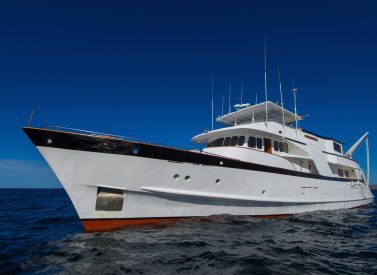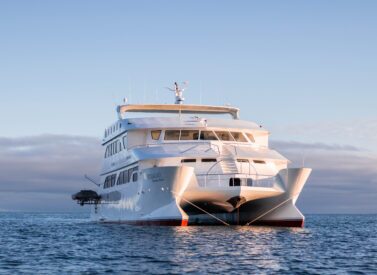
Cormorant II Catamaran, Galapagos Cruise
Choose a luxury Cormorant II mega-catamaran cruise around the Galapagos Islands
This elegant boat’s eight cabins all offer balconies and floor-to-ceiling sea views, and the two premium suites also have private Jacuzzis. Social areas boast a lounges, a jacuzzi, and a bar on the Galapagos’ newest luxury catamaran.
Travel in style, while discovering the Galapagos and its wildlife, the islands and their volcanoes.
The best guides make sure that yours will be the trip of a lifetime.
More on Cormorant II cruise, Galapagos
Get close to giant tortoises, iguanas and numerous bird species on land, while discovering all about Galapagos’ formation by volcanic activity.
Itineraries feature plenty of snorkelling with the marine fauna, and there are also kayaks aboard in case you wish to paddle alongside turtles, sharks and sea lions.
Choose twin, double or a single cabin for your cruise, with the incredible itineraries offering flexibility too – sail for 4, 5 or 8 days (or more). There are interconnecting cabins for families, too.
A gym and WiFi connection help everyone feel this is a home away from home. The Cormorant II’s attentive staff with an eye for detail make this boat one of the top-rated cruises in the Galapagos Islands.
Trip Highlights
Print Share Download as PDF-
Modern luxury mega-catamaran with floor-to-ceiling windows and private balconies.
-
Premium suites have a large private balcony complete with private Jacuzzi.
-
The Cormorant II is very stable in the water. Social areas include a jacuzzi, bar, lounge and sun deck.
-
Fantastic itineraries - itinerary A taking in the east, south and central islands, and itinerary B remote north and west - with 4 and 5 day options, too.
-
Gym and WiFi connection available for that home-away-from-home feel.
-
Kayaks, snorkels, paddle boards, wetsuits, non-premium alcoholic and soft drinks are all included.
We both felt our South America holiday was the highlight of the year.
Our highlight overall was probably the Galapagos cruise and we never guessed how fascinated we’d become by the landscapes, the island and sea animal life, and the history of the islands. Guide was excellent in the Galapagos.
All the information given out beforehand was very comprehensive and I can’t think of anything on the ‘we wish we’d known that before leaving’ list. We were shocked how much and how high quality the food on both the Inca Trail and Galapagos cruise was.
R. Brackenbury, Galapagos
Full Itinerary
Itinerary A: North and South
Itinerary A: North and South (8 days), Sat-Sat.
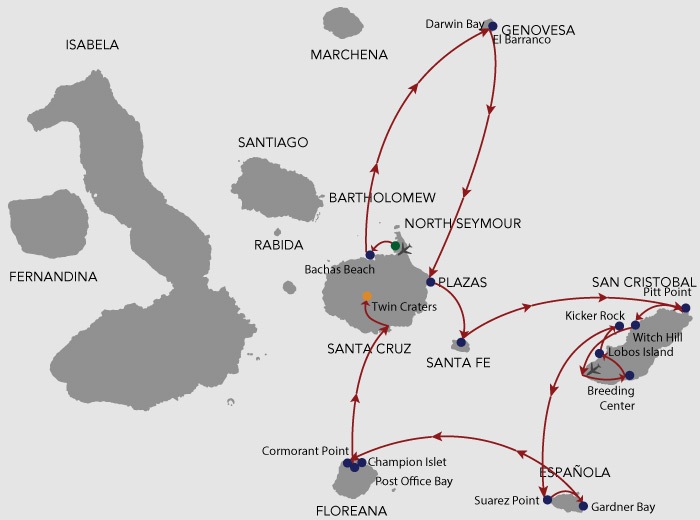
Day 1: Fly to Baltra airport – transfer to the yacht - Bachas (L,D)
Aarrive at Baltra Island in the morning.
After passing through immigration and baggage claim you are met by Cormorant II staff and transferred to the catamaran. You will be shown to your cabin where you will have some time to settle in before lunch and a welcome briefing.
The afternoon visit, Bachas Beach, is located on the north shore of Santa Cruz, and is a great swimming beach.
One of the few remnants of the U.S. World War II, a floating pier, remains. You may see flamingos, Sally-Lightfoot crabs, hermit crabs, Black-Necked Stilts, and Whimbrels. Sea turtles also nest off the beach.
Head to the catamaran for dinner and briefing.
Day 2: Genovesa – El Barranco – Darwin Bay (B,L,D)
The morning takes us to El Barranco, also known as Prince Phillip’s Steps, whose steep, rocky path leads you up 25 metere (82 ft) to a cliff-face.
After marvelling at the view we take a 2km trek through Palo Santo vegetation. Look out for Red-footed Boobies, Short-Eared Lava Owls, Galápagos Swallows, and Galápagos Doves – all are abundant.
Our afternoon visit takes us to the beach at Darwin Bay. This white-sand coral beach heads a 750m trail that winds down through mangroves that are filled with land birds.
You may see Nazca Boobies, Red-Footed Boobies, and Swallow-Tailed Gulls. Further down the path, you may see sea lions playing in tidal pools. We arrive at a cliff-side and as the spectacular views soak in, the Boobies and iguanas will keep us company.
Day 3: South Plazas – Santa Fe (B,L,D)
In the morning, we head to South Plaza. This small island with steep cliffs was formed by rising lava and is now covered by Opuntia cacti. It is also home to one of the largest sea lion colonies as well as colourful yellow and red land iguanas. The most characteristic plant is the Sesuvium.
During the rainy season its colour is a greenish to yellowish tone and in the dry season (end of June through January) a bright red.
Our afternoon visit is to Santa Fe Island, formed by a volcanic uplift. Santa Fe (Barrington) is home to the small picturesque bay and anchorage on the island northeast coast. The bay has two visitor trails, one leading to a scenic viewpoint atop a cliff and the other spanning from a small beach to a tall prickly pear cactus forest.
The island is home to a colony of sea lions which would be more than happy to join you for a swim. Santa Fe also has its own sub-species of land iguana.
Return to the Cormorant II for a briefing and dinner.
Day 4: Pitt Point islet - Witch Hill (B,L,D)
Pitt Point holds its own as the northeastern most site on Isabela. After an easy hike, we arrive at the only nesting site which hosts all three species of Galápagos Boobies.
The attractive volcanic tuff formations have geologists and laymen alike imagining the forces of nature that possessed the earth to create this land.
In the afternoon we visit Witch Hill.
Witch Hill, or Cerro Brujo, has one of the nicest beaches in the Galápagos – powdered, soft, white sand. With a colony of sea lions and Blue-footed Boobies, this scenic place is bustling with life.
Just beyond the beach is a lagoon, thriving with Egrets and Great Blue Herons. The turquoise water and abundant marine life invite you to snorkel their midst.
Return to the Cormorant II for a briefing and dinner.
Day 5: La Galapaguera - Lobos Island – Kicker Rock (B,L,D)
The David Rodriguez Breeding Centre – La Galapaguera – in Cerro Colorado, is a new visitor site in the southeast part of San Cristobal Island.
It takes an hour to reach by road from Puerto Baquerizo Moreno. On the trees and shrubs surrounding
the site, you may see land birds like warblers, finches and mockingbirds.
Our walk here takes us on trails where we can spot giant tortoises. The tortoises live there as they do in the wild but in a protected area to ensure their survival. They are protected from introduced predators like pigs and goats.
In the afternoon, we visit Lobos Island, a rocky bay just a 30-minute walk from Puerto Baquerizo. Note the beautifully coloured plants in the area down by the beach, and the enormous colony and nursery that Galapagos sea lions call home.
Sea lions are normality here – dozens can be seen at any time as well as shore birds and marine iguanas.
In the afternoon we enjoy a dinghy ride around Kicker Rock (Leon Dormido), known as such because of its resemblance to a sleeping lion.
This site is located off the coast of San Cristobal. Kicker Rock is the remains of a lava cone eroded by the sea and two vertical rocks rising 500 feet above the ocean, forming a small channel that is navigable by small boats.
This Galapagos Islands natural monument has become a favourite sight for cruises due to the many tropicbirds, Frigate birds and Boobies that fill the surrounding air.
Beneath the sea the crystal waters offer a brilliant show of colourful tropical fish and invertebrates.
Return to the Cormorant II for a briefing and dinner.
Day 6: Suarez Point – Gardner Bay – Osborn Islet – Española (B,L,D)
Española Island is the southernmost island of the Galapagos and is the breeding site of nearly all of the Waved Albatrosses in the entire world.
Española is densely populated with Mockingbirds, Blue-footed and Nazca Boobies, Darwin finches, Galapagos Doves, Hawks and more, plus red and green marine iguanas, and loads of sea lions.
In the morning we arrive at Suarez Point. This area is great for spotting Blue-footed Boobies, Albatrosses and Nazca Boobies. A beautiful site on the ocean front, the large Waved Albatrosses use the cliff as a launching pad.
A famous attraction is the magnificent blowhole, spurting water high into the air. This site presents wonderful photographic opportunities.
Gardner Bay, on the eastern side of the island, is the breeding site of nearly all of the world’s 12,000 pairs of Waved Albatrosses. It has an ample white sandy beach with a myriad of sea lions, perfect for relaxing and snorkelling in the turquoise waters. Its rocky shores make this site a great place for diving and snorkelling.
After landing at Osborn Islet, you can walk across a lovely white sand beach amongst a busy sea lion colony or dive into the water to swim with sea lion pups. This small island is a marine visit where you can enjoy fantastic snorkelling and swimming.
Return to the Cormorant II for a briefing and dinner.
Day 7: Floreana: Post Office Bay – Baroness View - Champion (B,L,D)
We visit three sites on Floreana Island today.
In the morning, we visit the famous Post Office Bay and Baroness View Point.
We land on a beach and head to a spot where 18th century whalers once placed a wooden barrel for use as an unofficial mail box. The custom continues to this day with Galapagos visitors. So, don’t forget your postcards, and don’t be surprised if the post card arrives to its destination before you even get home.
Baroness View Point offers spectacular views of the coastline and is a great place to learn more about the endemic Mangroves.
Floreana is known for its fabulous snorkelling sites, its vibrantly pink flamingos and its black sand beaches.
The afternoon takes us to Champion, one of the best snorkelling sites in the Galapagos Islands.
Dinner on the Cormorant II completes the day, as we sail back towards Santa Cruz.
Day 8: Twin Craters, transfer to Baltra airport for flight out, tour ends (B)
Our tour ends with a visit to the Twin Craters. These geological features are located opposite to each other on both sides of the road leading from Puerto Ayora to Baltra.
The nname is only figurative; they are not real craters. These formations were created by the collapse of surface material in underground fissures and chambers. The view is breathtaking.
After this visit we transfer to the airport for your flight back to the mainland.
Cormorant II Itinerary B
Itinerary B: Western Islands
Itinerary B: Western Islands (8 days), Sat-Sat.
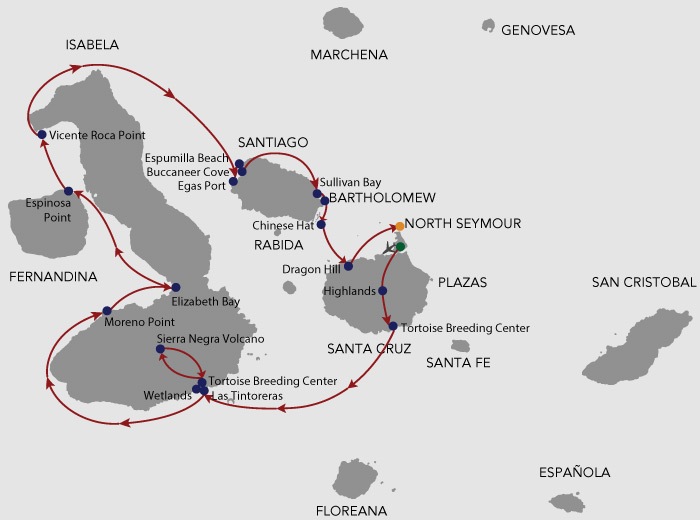
Day 1: Fly to Baltra, transfer to boat – Highlands - Tortoise Breeding Centre (L,D)
Upon arrival to the airport in Baltra you will be greeted by Cormorant II staff and taken across the Itabaca Channel to Santa Cruz before boarding the boat. The visit includes a short hike. Dress appropriately with sturdy shoes, long pants, and a long-sleeved shirt due to the climate of this area.
On Santa Cruz you see a unique ecosystem, the Highlands, which consists of a humid cloud forest where giant tortoises dwell and birds find sanctuary. This ecosystem contrasts with the dry coastal areas of the islands and the beautiful white sandy beaches, characteristics of the volcanic Islands.
Next is the Fausto Llerena Tortoise Breeding Center in Puerto Ayora, where giant tortoises are bred in captivity.
The centre is home to tortoises ranging from 3-inches (new hatchlings) to 4-feet long adults. Subspecies of the giant tortoises interact with one another, and many of the older tortoises are accustomed to humans stretching out their heads for a photo opportunity.
The babies are kept until they are about four years-old and strong enough to survive on their own.
We then head to the boat. Once on the Cormorant II Yacht you have time to settle in and make yourself at home.
Dinner and briefing.
Day 2: Isabela – Tintoreras and Sierra Negra – Wetlands and Tortoise Breeding Station (B,L,D)
In the morning we visit the Tintoreras Islet and Sierra Negra volcano.
Tintoreras is located a short distance from Puerto Villamil and is the home to a great variety of wildlife. Its turquoise, crystalline waters are inhabited by White-Tipped reef sharks, Galapagos penguins, marine turtles and sea lions. One of its beaches, surrounded by mangroves is one of the few sites where marine iguanas can reproduce successfully.
Sierra Negra boasts the largest volcanic basaltic caldera in Galapagos at 9 x 10km. The site offers impressive views and the opportunity to observe up to seven species of finches and a rich display of vegetation.
The north side of the caldera provides evidence of its most recent volcanic activity in 2005.
In the afternoon, we start at the Wetlands of Isabela Island, located just outside of Puerto Villamil and consist of lagoons, swamps, and mangroves. They are home to a variety of unique bird species such as Common Stilts, Whimbrels, White-Cheeked Pintails, and Gallinules. The Wetlands can be visited on foot via a path that winds through the swamps.
Finally, we head to the Arnaldo Tupiza Breeding Centre, located about one mile (1.5 km) from Puerto Villamil.
Here, tortoise populations from South Isabela, Sierra Negra Volcano, Cerro Azul, Cazuela, Cinco Cerros, Roca Union, San Pedro, Tables and Cerro Paloma have been
bred in captivity. In total there are 330 juvenile and adult tortoises.
Return to the Cormorant II for a briefing and dinner, or choose the Breeding Centre visit (discuss with guide).
Day 3: Isabela – Moreno Point – Elizabeth Bay (B,L,D)
In the morning we visit Moreno Point, located south west of Elizabeth Bay.
Here, a dry landing onto what was once flowing lava is possible. The lava has left craters in its wake, which formed crystal tide pools. By looking into the pools, you can peer into another world, as the marine life drifts by. In the brackish pools of this area, you may see pink flamingos, White-Cheeked pintails, and Common gallinules. If you look carefully into the pools you may see White-Tipped reef sharks and some sea turtles.
The afternoon visit takes us to Elizabeth Bay, a secluded space lacking any landing sites. We take a traditional ‘panga’, or dinghy ride, passing the red mangroves and amongst the wildlife of the lively bay. Elizabeth is known for its marine life; you may see sea turtles and rays skimming the surface of the water. You may also see the Brown Pelicans diving for fish, Galapagos penguins, Blue-footed Boobies and even possibly spot humpback whales.
Return to the Cormorant II for a briefing and dinner.
Day 4: Fernandina, Espinosa Point – Isabela, Vicente Roca Point (B,L,D)
Fernandina – no foreign species have ever invaded this island and therefore it is one of the world’s most pristine island ecosystems. Fernandina is the youngest island in Galapagos.
Access to this site is extremely restricted by the Galapagos National Park and you will be one of those very lucky visitors. The volcano “La Cumbre”, dominates the land space with lava fields reaching the ocean.
Crossing the Bolivar Channel that divides Isabela and Fernandina Islands, we land at Espinosa Point. After walking past a colony of marine iguanas and a group of sea lions, we reach the island’s highlight: the Flightless Cormorant nesting site.
This area also provides a great opportunity to see the Galapagos Hawk.
In the afternoon we visit Isabela Island once again – Vicente Roca Point. Comprised of two separate coves, this site is a large bay with spectacular sea life. Keep an eye out for seahorses, sea turtles, and the strange yet fascinating Mola-mola sunfish.
Back aboard for dinner and briefing.
Day 5: Egas Port – Santiago – Espumilla Beach - Buccaneer Cove (B,L,D)
Egas Port is a well-known site in the Galapagos Islands that is also known as James Bay on the western side of Santiago Island.
There are trails that lead to tide pools with lava lizards scattering along the trail and remains of an old salt mine operation can be seen on one of the trails.
Fur seals and marine birds can be seen nearby and snorkelling can be enjoyed and very much recommended here. Years ago Buccaneer Cove was a safe haven where pirates in the 1600 and 1700s would stake out on the Northwestern side of Santiago Island. Sea turtles now take the pirates place and dig their nests for their eggs near the Mangrove trees. It is a great location for snorkelling and many marine birds and sea lions can be found here.
Espumilla Beach is another famous visitor site in the Galapagos Islands. After a wet landing, find yourself on a large beach where the guide leads you on a path through a Mangrove Forest.
After weaving through the Mangroves, find an inland lake where Flamingoes, Pintail Ducks and Stilts reside. The site is mostly inhabited by Flamingoes that nest and feed in this location.
Return to the Cormorant II for a briefing and dinner.
Day 6: Bartolome Island – Santiago Island – Sullivan Bay (B,L,D)
Our morning visit includes Bartolome (Bartholomew), home of the famous Pinnacle Rock.
Bartholomew consists of an extinct volcano with a variety of red, orange, black and even green volcanic formations. We take a trail of stairs to the summit of the volcano (about 30 or 40 minutes), from where you can enjoy one of the best views of the Galapagos.
We also visit a small, beautiful beach, surrounded by the only vegetation found on this barren island. The beach is perfect for snorkelling where you may see Galapagos penguins.
Next, and located southeast of Santiago Island, we head to Sullivan Bay, of great geological interest. The area is covered by Pahoehoe lava flows combined with A’A lava. It was very active 200 years ago.
This flow is geologically very young. The magma formed is flat, but the movement of underground lava, the rapid cooling and other eruptions led to the break in many places – you can see patterns of vegetation that were burned during the eruption.
A visit to this area of black lava is preferable in the afternoon because the temperature is more pleasant and the light is better for photographs.
Swimming with sea lions and other wildlife from the shore is a lovely way to finish off the day.
Return to the Cormorant II for a briefing and dinner.
Day 7: Chinese Hat - Dragon Hill (B,L,D)
Chinese Hat is small islet is located near the southeast coast of Santiago Island. Its name comes from the distinct shape of the islet’s summit.
Chinese Islet is a great location to view many geological formations such as lava tunnels and lava flows. Some of the lava flows were formed underwater and subsequently raised above sea level. The presence of coral heads on the lava flow indicates this phenomenon.
This is a great site for snorkeling with an abundance of marine species such as sea lions, sharks, rays and penguins.
After lunch, we head to Dragon Hill. The visitors’ site at Dragon Hill is located in northwestern Santa Cruz Island. It consists of a 1,600m (1 mile) long trail that runs through three different environments.
The beach is very rocky and we’ll observe the vegetation of this typical intertidal zone and dry zone.
Back aboard for our farewell dinner!
Day 8: North Seymour, transfer to airport, fly out (B)
Our last trip of the tour!
North Seymour Island: Galapagos Sea Lions, Blue-Footed Boobies and Magnificent Frigate birds are abundant on North Seymour Island. The island was formed by series of submarine lavas containing layers of sediment that were uplifted by tectonic activity. The island is characterised by its arid vegetation zone.
Alas, it’s time to say goodbye. Your guide accompanies you to the airport and you fly back to the continent, or stay on for more Galapagos exploration.
Prices From $10,745 / £8,736 per person
What's Included?
Accommodation, all meals plus purified water, tea and coffee, snacks, naturalist bilingual Galapagos guides level II/III, shore excursions, snorkelling equipment, transfers in the Islands between the airport and dock, kayak use
What's Not Included?
International flights, Round trip flights to the Galapagos Islands, premium alcoholic drinks, personal items, souvenirs, tips, travel insurance, personal items, Ecuador services
Accommodation
The Cormorant II features eight double cabins, which can be twin and doubles, or interconnecting. Each has a balcony, private bathroom with hot/cold shower and air conditioning. Two premium suites have a private balcony with a private Jacuzzi.
- Premium suites – 62 m2 (667 ft2), private balcony, private Jacuzzi, upper deck
- Suites – (cabins 1 to 6), 44 m2 (474 ft2), main or upper deck, twin/double bed, private balcony, panoramic windows
In the social areas, there is a lounge, gym, library, saloon, dining room, jacuzzi, observation deck, and bar.
Tour Staff
The crews are “Galapagueños”, guides, captains and crew members were born and raised in the Galapagos Islands.
They know the area well and are prepared to show you the islands only like a native can do it.
The Naturalist, English-speaking guides have studied and been trained at Charles Darwin Scientific Station, and have many years of experience guiding at the Galapagos Islands.
Meals
The boat uses as much locally sourced produce as possible, including fish, coffee, eggs, fruits and meat farmed in Galapagos, to reduce carbon footprints and make sure the best ingredients are used.
The chef prepares three main meals a day, with snacks and drinks available after activities.
All dietary requirements can be catered for, vegetarians, vegans, lactose intolerant and more.
Breakfast usually features a juice, tea and coffee, toast, jams, eggs and pastries.
Lunch will include soups, then a main meal of rices, pastas, fish, omelettes and many more options, and often a small pudding.
Dinner will again be a hearty affair, with a starter, main meal and pudding, with water, teas and coffees available.
There is a bar with soft drinks and non-premium alcoholic drinks included, premium products available at extra cost.
Activity Level
Walks
Every visit to each island involves an easy or moderate walk, which can last between 2 to 3 hours, and are not considered strenuous. On these walks you will be led by an expert naturalist guides in a small group along clearly marked trails. They will explain in great detail all the wonders of each of our carefully selected itineraries. Most days there are two guided walks on a specific island where you will be able to walk and hike on beaches, lava fields, alongside cliffs and around mangrove estuaries.
Snorkelling
Snorkelling in the Islands is the highlight of the Galapagos cruise for many of our guests. You have the opportunity to go snorkelling almost every day – snorkelling with marine iguanas and with playful sea-lions are some of the highlights, as well as with green sea turtles, penguins and an incredible variety of colourful reef fish. On the western islands the water is a little colder but teaming with life. There are beach snorkels for beginners and deeper waters.
Alternatively, in appropriate conditions and approved areas, paddle boarding and kayaking is possible. All activities subject to guide’s discretion.
Zodiac rides
Dinghies, or “Pangas” as they are known in Galapagos, are inflatable zodiacs that serve as the main transportation method from our Galapagos yachts to the visitor sites. At several times during your week-long Galapagos travel adventure, you will have the chance to enjoy dinghy (or panga) rides in shores, mangrove estuaries, coves and caves.
Practical Information
Is this the cruise for me?
One of the newest and most luxurious catamarans available, rooms have private balconies plus there are interconnecting rooms for families. Premium suites have private Jacuzzis on private balconies.
The Cormorant II offers luxury, stability, and an incredible Galapagos experience.
Introduction to Galapagos
These magical islands comprise of 50 volcanic islands of varying shapes and sizes, which lie 1,000 kilometres off the coast of Ecuador.
Here, unlike anywhere else on Earth, you can enjoy a thousand close encounters with a weird and wonderful variety of ‘friendly locals’, including giant tortoises, fur seals, sea iguanas, frigate birds and blue-footed boobies.
Read our Galapagos Islands Guide and more about diving.
In 1535, Tomás de Berlanga, Bishop of Panama, floated into this archipelago and named it Galapagos after the giant tortoises he encountered. Pirates used the islands for refuge and to bury their stolen treasure after that.
The islands’ most celebrated visitor was Charles Darwin, who arrived aboard the HMS Beagle in 1835. The rare life forms he encountered helped him formulate his theory of evolution, which he published in The Origin of Species by Means of Natural Selection.
It wasn’t until 1959 when it became part of Ecuador’s national park system that this fragile ecosystem with its rare and endemic species came under protection.
In 1979 the Galapagos archipelago was declared a UNESCO World Heritage Site.
Galapagos cruise kit list
Good kit is vital for every trip.
Book with Andean Trails and get 15% off Páramo’s fantastic ethical and high performance outdoor gear.
Galapagos – general advice
Galapagos is warm and humid, and you will need t-shirts (moisture wick-away or breathable t-shirts can be very useful, it can get very hot in the day), shorts, lightweight skirt or trousers and bathing suits.
One or two cotton shirts can be used to protect you from sunburn, especially when snorkelling (not very elegant worn in the water over a swimsuit, but practical – and Galapagos is NOT an elegant place!).
You may want to change into different clothes for the evening, but don’t take anything dressy or smart – there really is a very relaxed atmosphere on board.
Pack something warm for going on deck in the early morning or evening a fleece, maybe, and a sweatshirt – and a waterproof for the Highlands.
Strong sandals, trainers, or light hiking boots are ideal footwear – you may like to have something suitable for easy walks and another for tougher terrain – your guide will advise you daily what the walking will be like. Most boats ask passengers not to wear heavy shoes on board.
Do take a hat!
Seasickness tablets if you think you will have problems – i.e. Sturgeon, or Mareol if you buy them in Quito. The sea can be choppy, so it is recommended to take them as a precaution.
Galapagos – detailed kit list
- First aid kit – aspirin, imodium, sun tan lotion (facter 50 recommended), sunburn cream, lip salve, throat lozenges, insect repellent, etc.
- Earplugs – the engine can be noisy, whatever the boat, wherever your cabin.
- Sun glasses and sun hat.
- Snorkelling equipment – the boat either provides kit for free or has a supply for hire, but it may suit you better to take equipment in your size that you know will fit you. Even if you have not snorkelled before, DO have a go – under water Galapagos is a very special experience. Try it first of all from the beach, to get the hang of breathing through gritted teeth, then take the plunge!
- Towel, for the beach (most boats provide these, please ask).
- Money belt.
- Passport, with at least 6 months remaining from date of return from Ecuador.
- US Dollars cash and mixed denomination notes, undamaged and unmarked.
- Visa/MasterCard, Cash card.
- Personal & Medical insurance.
- Camera and film / memory cards (take at least twice the amount you think you will need!). You may want to take an underwater camera for snorkelling.
- Camera charger
- Binoculars
- Small backpack – to keep your sun cream, water, shirt etc in when you are on shore.
- Small plastic water bottle, 1-2 litres, depending on how much you drink.
- Biodegradable sunblock (v. high factor, 50+ recommended) and lip salve.
- Toiletries (featuring biodegradable soap).
- Wet Wipes/antiseptic hand wash cream
- Travel alarm clock.
- Sewing kit.
- Spanish/English phrasebook.
- Book, e-book, mp3 player/ipod or other for free time.
The Galapagos Islands are a very fragile environment and the arrival of more and more inhabitants to the islands, as well as tourist have an impact.
Please try to minimise your impact by:
- Bringing a water bottle to refill, rather than using a new bottle each time.
- Recycling your rubbish where possible, not leaving any rubbish behind.
- Taking batteries back home with you – they cannot be recycled properly in Ecuador.
- Saving water where possible.
- Leave toiletries that contain microbeads at home
- Saving energy by switching your lights off when you leave the room. Electricity on the islands comes from a generator, fuelled by petrol. For this same reason, please think about whether you really need to use your air conditioning.
Quito
Pleasantly warm during the day, but can be quite chilly during the morning or at night when you might want a jacket or a fleece, plus a waterproof.
You may want to dress up a little more in the evening here, depending on where you are staying, and what sort of restaurant you like.
Guayaquil
Conditions here are similar to Galapagos – hot and humid. T-shirts and shorts in the day, and like Quito, something smarter for eating out in restaurants at night.
Weather in Galapagos
When to visit Galapagos Islands: weather and wildlife
There is no real ‘best’ time to visit Galapagos on holiday as there is always wonderful wildlife and weather to enjoy. Read our blog for more.
Most animals – tortoises, sharks, sea lions and boobies – are found year round and many of the species here are non-migratory.
The Galapagos Islands are located right on the equator so air and water temperatures do not vary by much.
Having said that, there are two recognised seasons, and each months brings natural marvels for the visitor to enjoy.
Below is our quick guide to the weather and wildlife you can find on the Galapagos Islands.
General weather information
The warm season (Jan-Jun)
- Calm, clear warm waters, great for snorkelling, often without a wetsuit.
- Great weather, with February and March being the hottest and sunniest months with blue skies and sunshine.
- Occasional heavy bursts of rain in the afternoons.
Sea temperatures: 22-25°C / 72-77°F
Land temperatures: 21-32°C / 72-90°F
The dry ‘garua’ season (Jun-Dec)
- It’s a great time for marine life in the cooler seas. Snorkellers may want a wetsuit.
- August and September the coolest when you may need a jacket in the evenings and the sea can be choppy.
- There can be mist on the islands in the mornings (garua) which usually burns off by midday leaving overcast skies or a sunny afternoon.
Sea temperatures: 15-22°C / 60-72°F
Land temperatures: 18-24°C / 65-75°F

Air and sea temperatures in Galapagos, month-by-month
ATOL holiday protection
Andean Trails has 25 years of experience of putting together the best South America holidays.
We pay a fee to the CAA for every licensable passenger we book since we hold an Air Travel Organiser’s Licence granted by the Civil Aviation Authority. In the unlikely event of our insolvency, the CAA will ensure that you are not stranded abroad and will arrange to refund any money you have paid to us for an advance booking.
We also offer ATOL (Civil Aviation Authority) protected holidays to give our customers peace of mind when booking and travelling.
When you buy an ATOL protected air holiday package from Andean Trails Ltd you will receive a Confirmation Invoice from us confirming your arrangements and your protection under our Air Travel Organiser’s Licence number 6275.
You can read more about ATOL, who is covered and what protections you have if not ATOL-covered, on our ATOL page.
What is ATOL?
The CAA’s ATOL scheme offers protection to your money and your holiday if you book with us. Not everybody is covered (see ‘Who is covered?’ for more), as you must purchase an ‘air package holiday’ with Andean Trails to be protected.
And ‘air package holiday’ is defined as including a flight and some ground services (hotel, transfer, trek etc). This is also known as an ‘ATOL-protected holiday’.
Who is covered?
To be covered by ATOL, you must book a flight and some ground services with us and be from the UK. If you are from the UK and only book ground services and no flights, you are not covered by ATOL (see below for more on how non-ATOL clients are covered).
If you are outside the UK and buy flights with us, you will be ATOL protected IF any of the flights booked with Andean Trails touches/stops in the UK at any point during your holiday package booked with us.
If you buy your flights elsewhere, please check with that agent if you are ATOL protected. Be careful with online flight purchases and make sure you know what protection you have, if any, before paying for flights.
Not all holiday or travel services offered and sold by us will be protected by the ATOL scheme. Please ask us to confirm what protection may apply to your booking.
For land only holidays not involving any air travel, in accordance with “The Package Travel, Package Holidays and Package Tours Regulations 1992”, all UK passengers booking with Andean Trails Ltd. are fully protected for the initial deposit and subsequently the balance of all money paid to us, arising from cancellation or curtailment of travel arrangements due to the insolvency of Andean Trails.
I’m not ATOL covered, what protection do I have?
If you are not ATOL covered, any payments you make to us go to a Trust account.
We can only access this money once your tour has been completed, meaning that if anything happens to Andean Trails Limited while you are on holiday, then your money is secure and you can either complete the trip or be able to make it home.
If you pay for your holiday with a credit card, some offer payment protection – please check with your cardholder.
You also should have cancellation protection written into your insurance (which we recommend you have at the time of booking) in case you need to cancel.
Prices From $10,745 / £8,736 per person
2025 price, per person, suites
8 days (Sat-Sat) USD 10,745 per person
5 days (Sat-Wed) USD 6,845 per person
4 days (Wed-Sat) USD 4,845 per person
2025 price, per person, premium suites
8 days (Sat-Sat) USD 12,545 per person
5 days (Sat-Wed) USD 7,845 per person
4 days (Wed-Sat) USD 5,545 per person
Single supplement applies - ask about cabin shares
Supplements apply to peak season dates
10% discount for under 12s
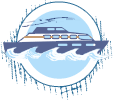
Dates & Prices
Prices From $10,745 / £8,736 per person
2025 price, per person, suites
8 days (Sat-Sat) USD 10,745 per person
5 days (Sat-Wed) USD 6,845 per person
4 days (Wed-Sat) USD 4,845 per person
2025 price, per person, premium suites
8 days (Sat-Sat) USD 12,545 per person
5 days (Sat-Wed) USD 7,845 per person
4 days (Wed-Sat) USD 5,545 per person
Single supplement applies - ask about cabin shares
Supplements apply to peak season dates
10% discount for under 12s
Can’t find what you’re looking for? Get in Touch
+44 (0)131 378 5593
+44 (0)131 554 6025



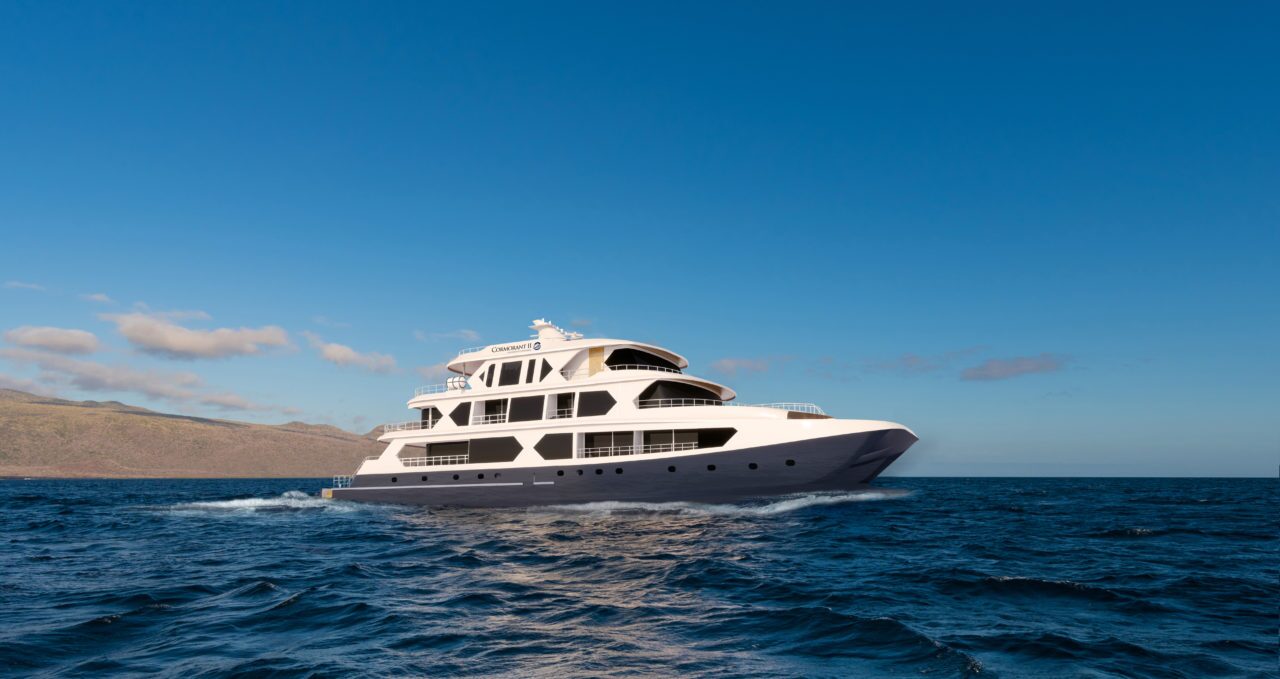
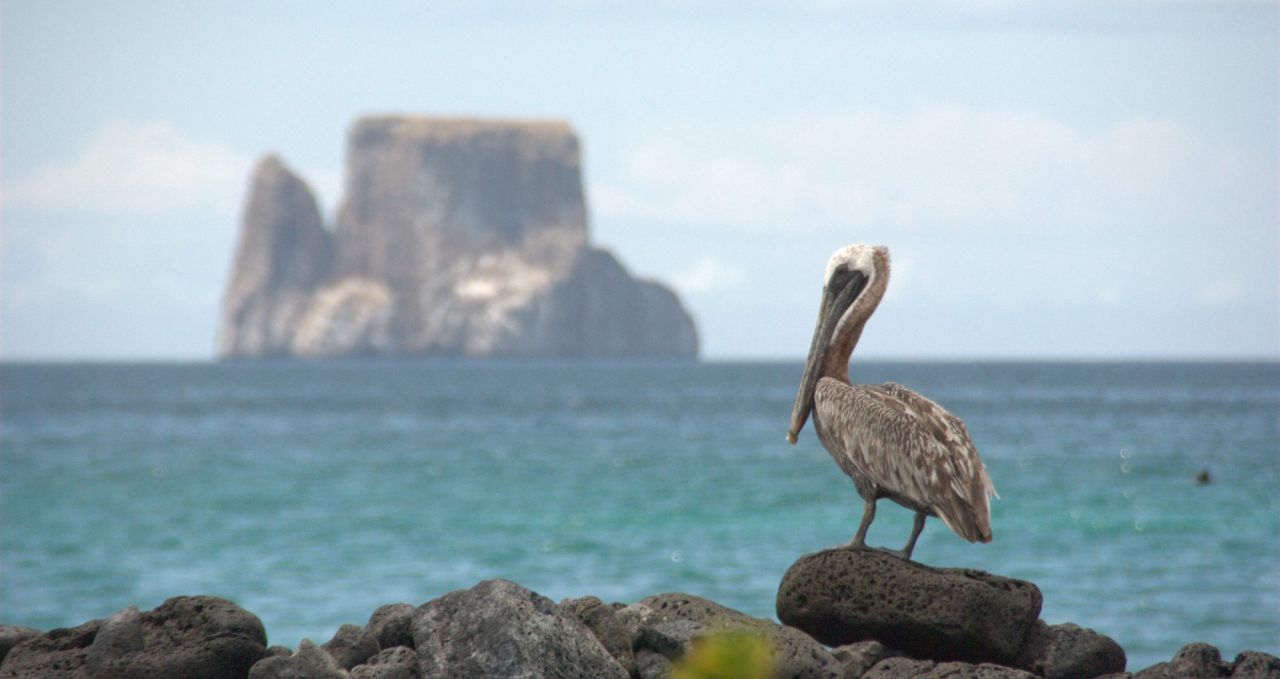
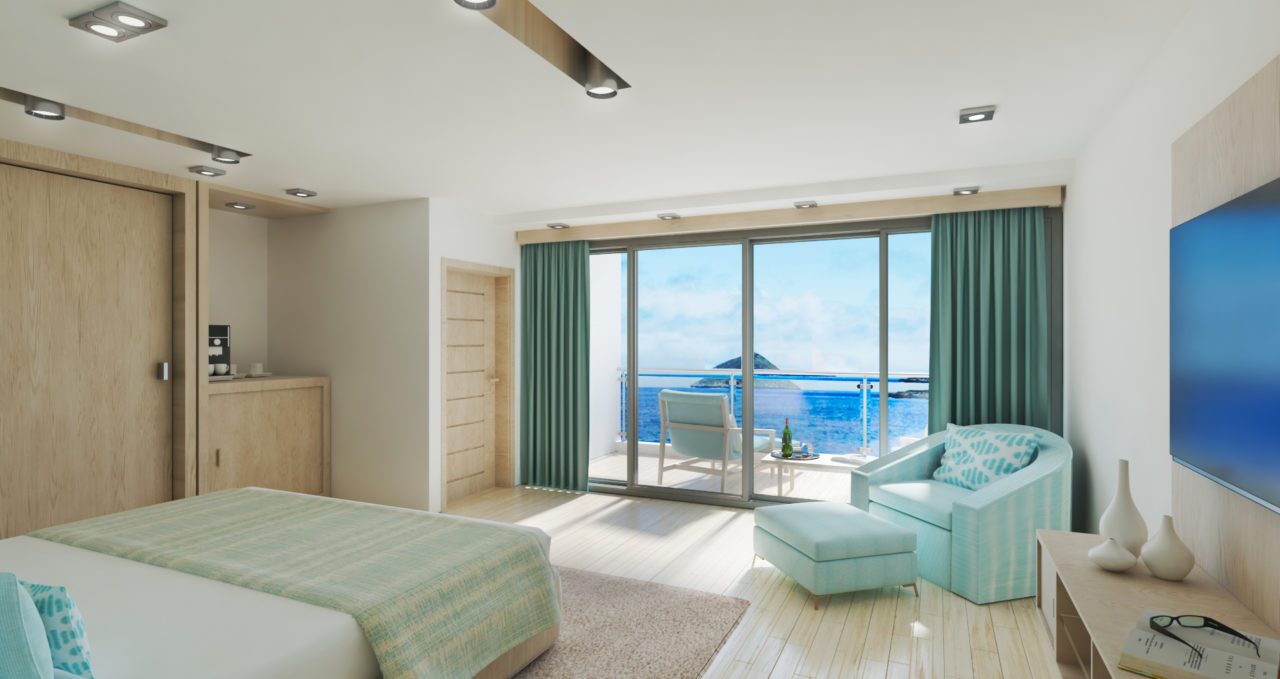
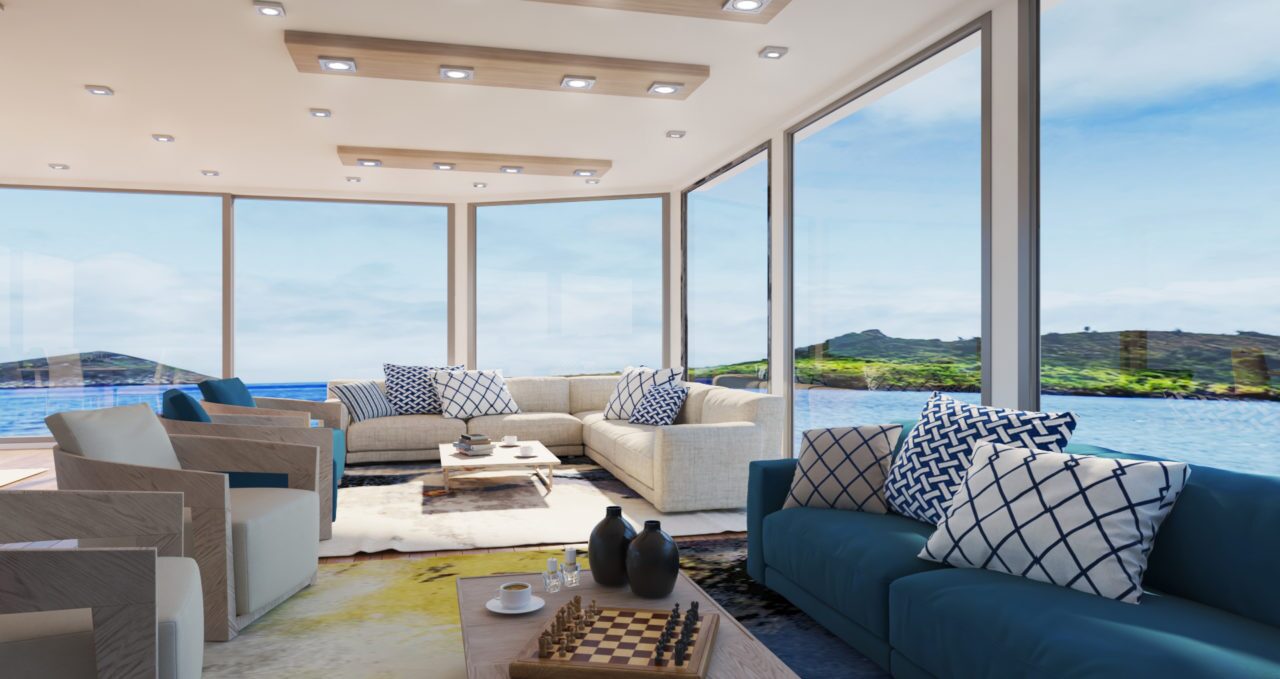
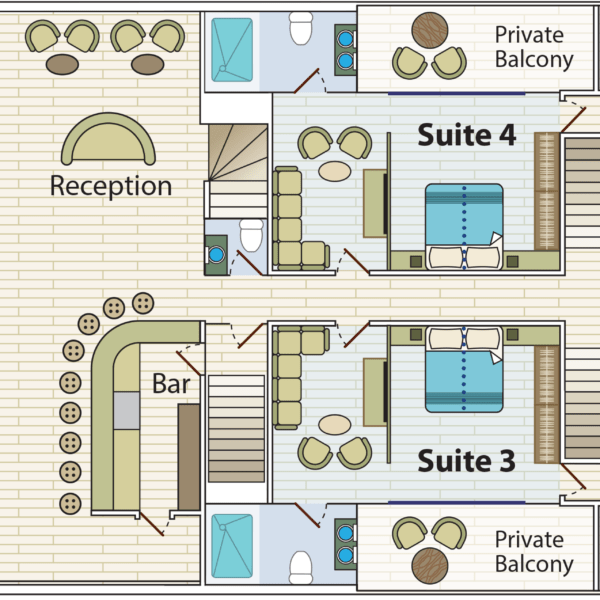
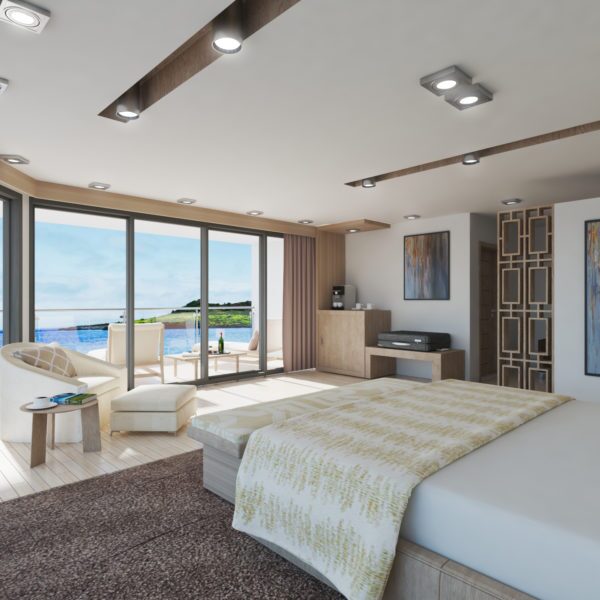
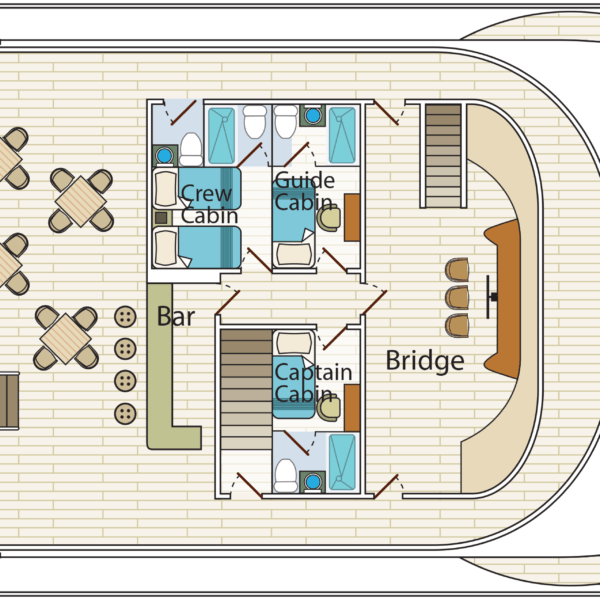
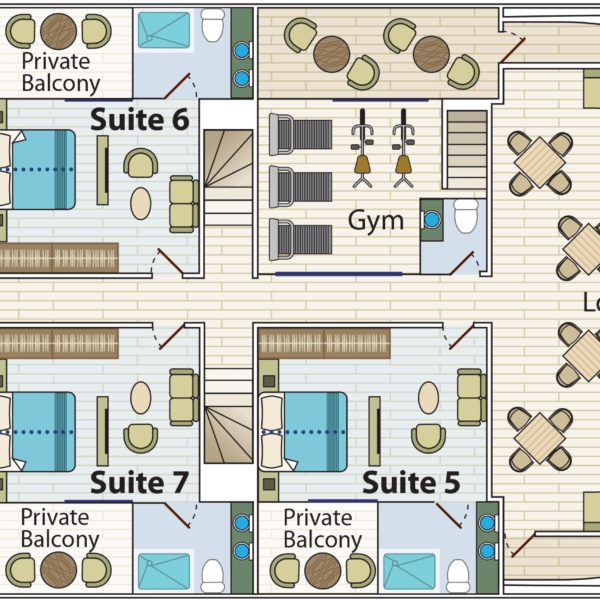
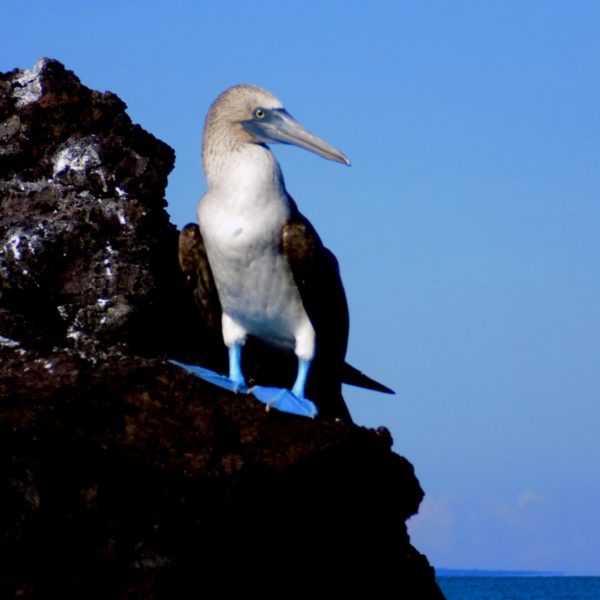
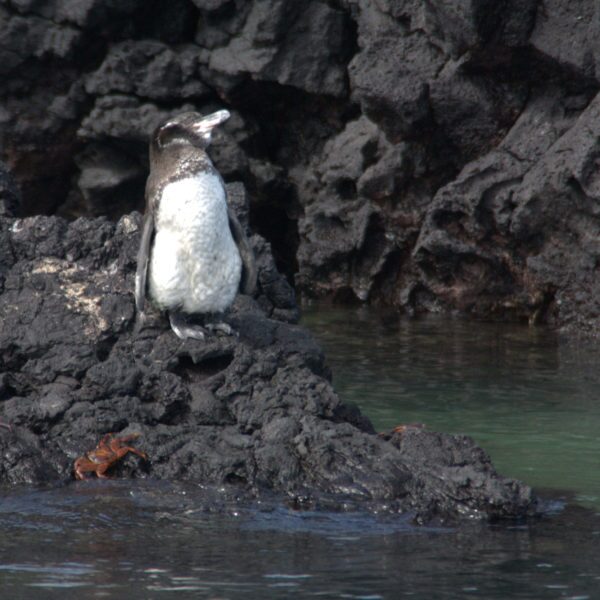
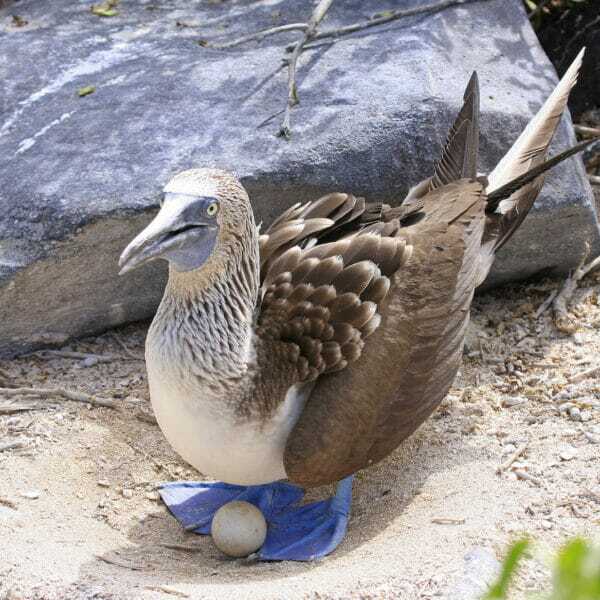
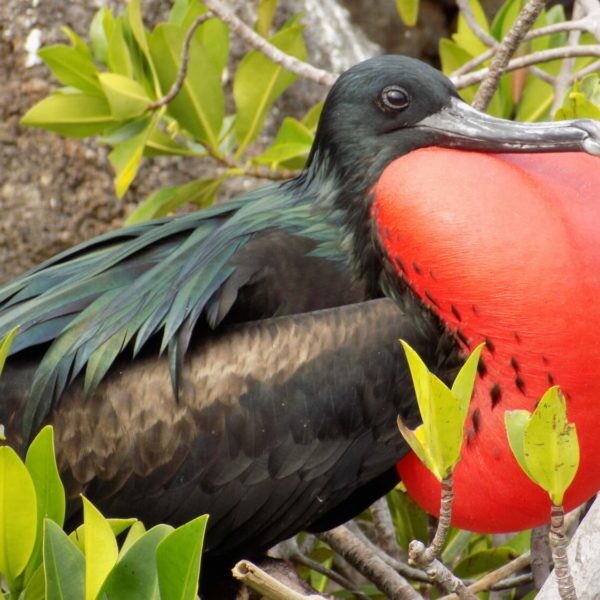
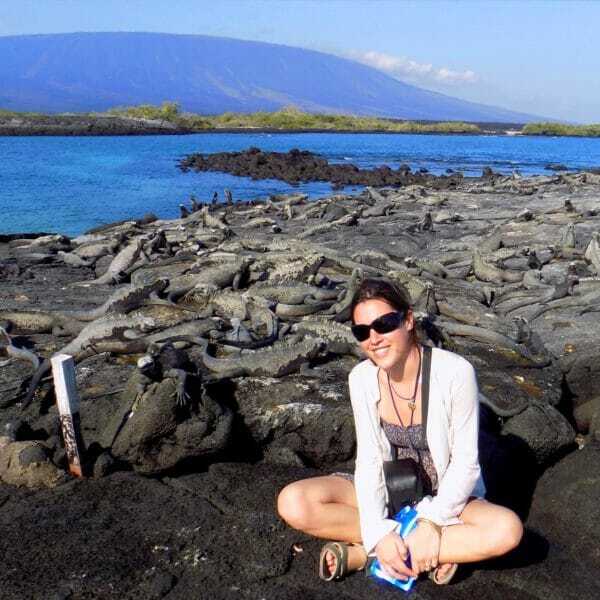
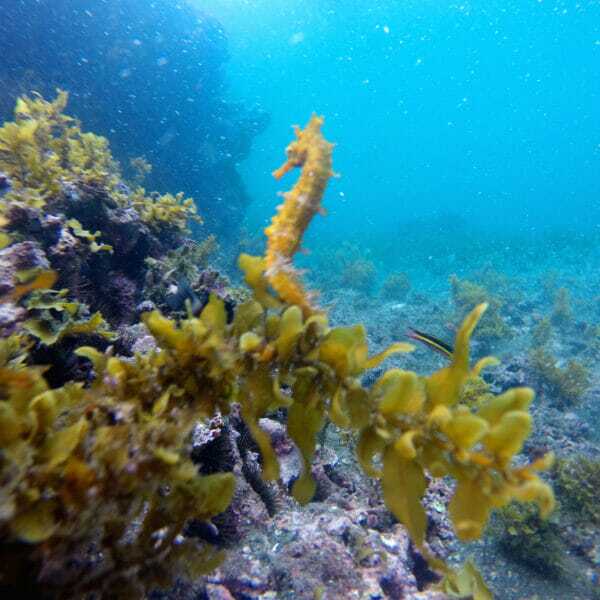
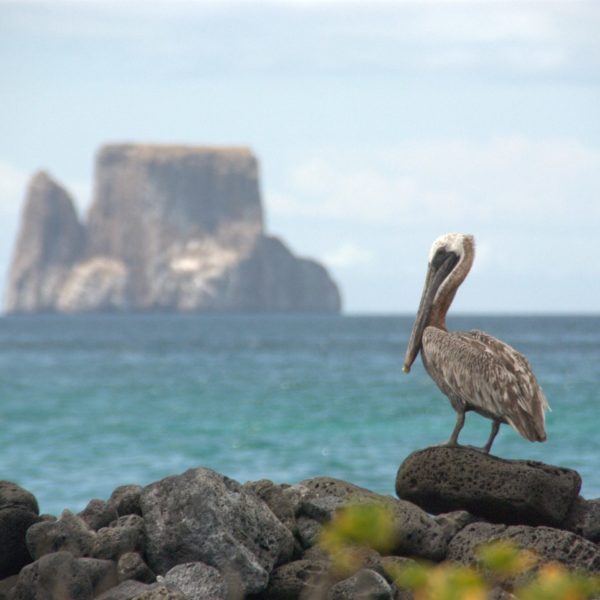
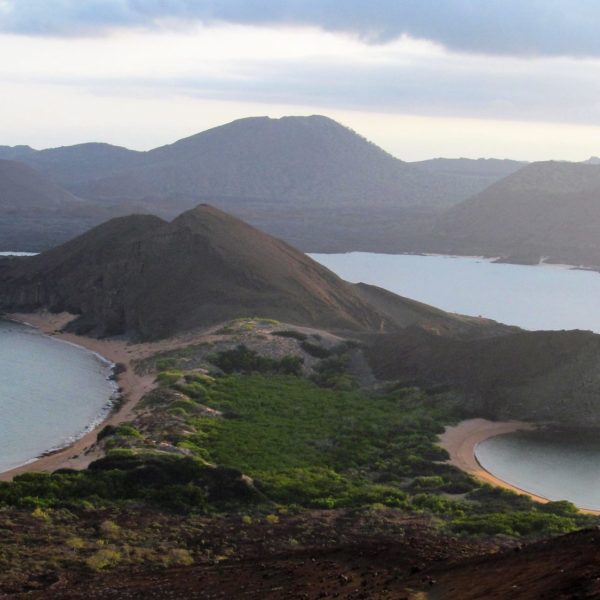
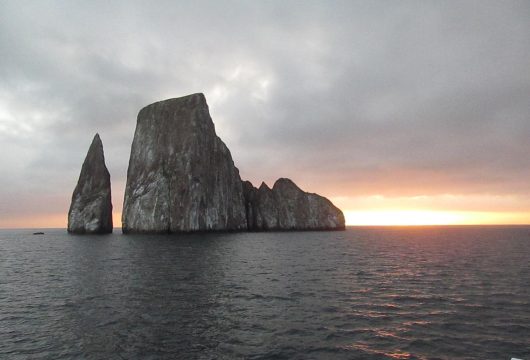

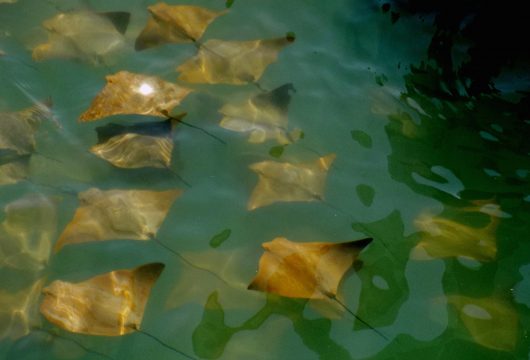
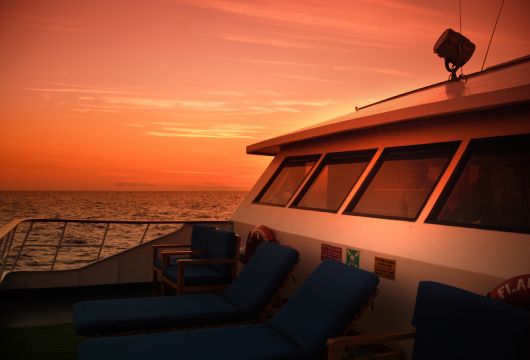
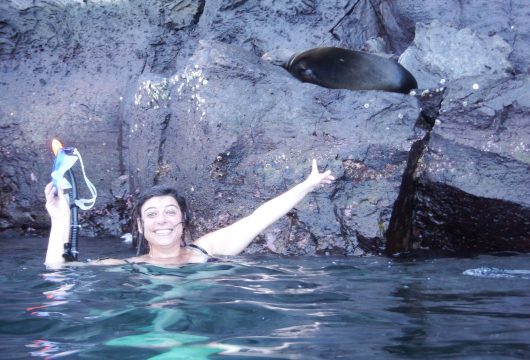
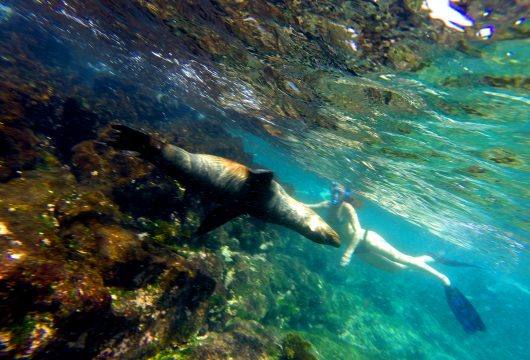
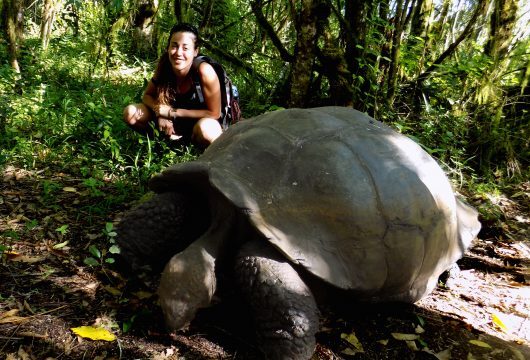
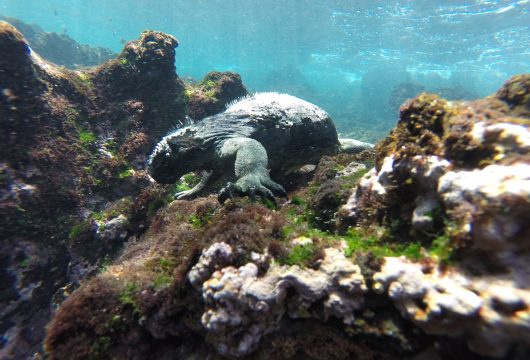
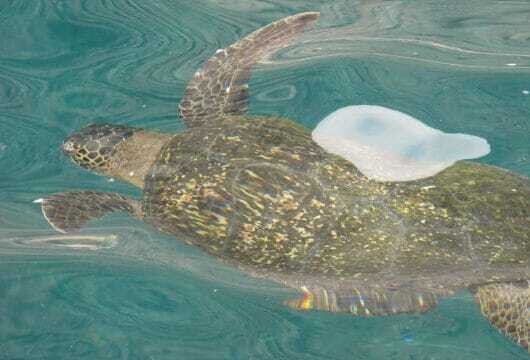
 a Group Tour
a Group Tour 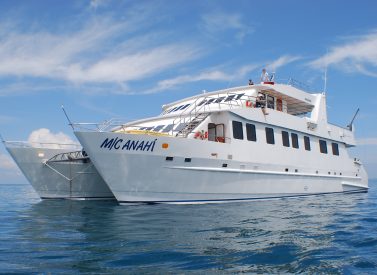
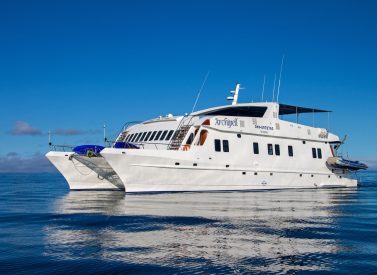
 a Tailor Made Tour
a Tailor Made Tour 